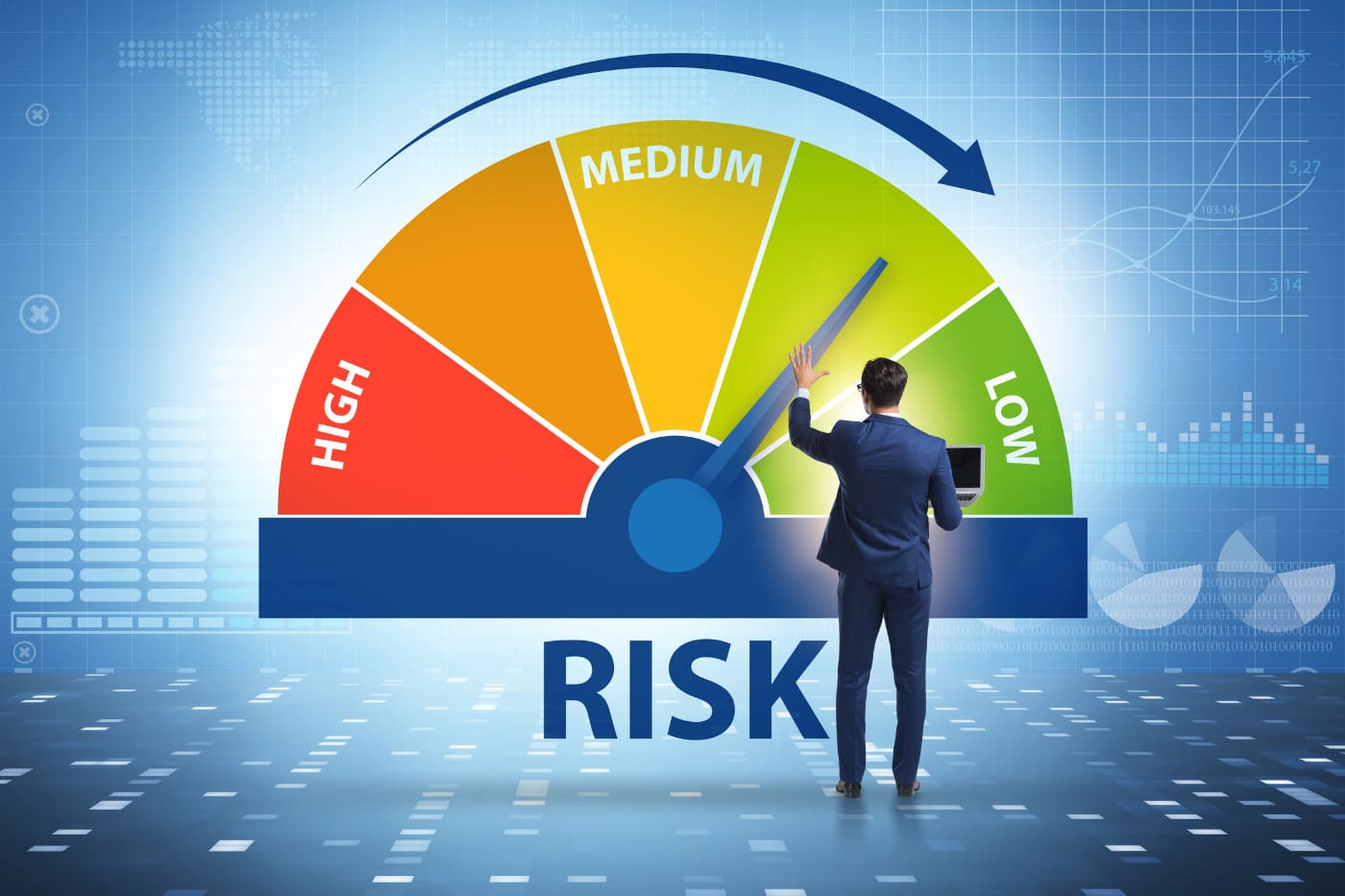What is Fraud Insurance?
What is Fraud Insurance? Fraud insurance is a specialized type of insurance coverage designed to protect businesses and individuals from financial losses resulting from various forms of fraudulent activities. This includes but is not limited to employee dishonesty, cyber fraud, forgery, and other deceitful acts that result in financial damage. As the digital age has brought about new opportunities for fraudsters, the scope and necessity of fraud insurance have significantly expanded, making it a critical component of comprehensive risk management strategies.
Historical Context and Evolution
The concept of fraud insurance is not entirely new, though its modern incarnations have evolved considerably. Historically, businesses have always faced the threat of theft and embezzlement, prompting the creation of early forms of fidelity bonds in the late 19th and early 20th centuries. These bonds provided a rudimentary form of protection against losses caused by dishonest employees.
With the advent of the digital age, the nature of fraud has transformed. Cyber threats, identity theft, and sophisticated scams have introduced new risks that traditional insurance models could not adequately cover. Consequently, the insurance industry has adapted, developing comprehensive fraud insurance policies that cater to the modern landscape of financial and cyber threats.
Types of Fraud Covered
Fraud insurance policies can vary widely in terms of coverage, but they generally protect against several key types of fraud:
- Employee Dishonesty: This includes theft, embezzlement, and other fraudulent acts committed by employees. Coverage typically includes financial losses directly resulting from these actions.
- Forgery and Alteration: This protects against losses resulting from the forgery or alteration of checks, promissory notes, or other negotiable instruments.
- Cyber Fraud: This encompasses a broad range of online fraudulent activities, including phishing, hacking, and ransomware attacks. Coverage can include financial losses and the costs associated with data recovery and cybersecurity measures.
- Third-Party Fraud: This includes losses caused by external parties, such as fraudulent vendors or service providers who deceive the business for financial gain.
- Invoice Manipulation: Coverage for losses due to fraudulent manipulation of invoices by either employees or third parties.
- Social Engineering Fraud: This is a form of fraud where criminals manipulate individuals into divulging confidential or personal information that is then used for fraudulent purposes.
The Importance of Fraud Insurance
The significance of fraud insurance in today’s business environment cannot be overstated. Fraudulent activities can have devastating financial consequences, eroding profits, damaging reputations, and in extreme cases, leading to business closure. Here are several reasons why fraud insurance is essential:
- Financial Protection: The primary benefit of fraud insurance is that it provides a safety net, reimbursing the insured for financial losses up to the policy limits. This can be crucial for the survival of a business following a significant fraud incident.
- Risk Management: Fraud insurance is an integral part of a broader risk management strategy. By understanding the risks and having insurance coverage in place, businesses can better manage and mitigate potential threats.
- Legal and Compliance Benefits: In certain industries, having fraud insurance can be a regulatory requirement. Additionally, it demonstrates a proactive approach to risk management, which can be favorable in the eyes of regulators and auditors.
- Peace of Mind: Knowing that there is a safety net in place allows business owners and managers to focus on their core operations without constantly worrying about the potential financial impact of fraudulent activities.
How Fraud Insurance Works
Fraud insurance policies are designed to be as comprehensive as possible while still allowing for customization to fit the specific needs of the insured. Here is a general outline of how these policies work:
- Risk Assessment: Before issuing a policy, insurers typically conduct a thorough risk assessment. This involves evaluating the business’s operations, internal controls, and history of fraudulent incidents.
- Policy Issuance: Based on the risk assessment, the insurer offers a policy that outlines the types of fraud covered, the coverage limits, deductibles, and the premium.
- Claims Process: In the event of a fraud incident, the insured must file a claim with the insurer. This process usually involves providing detailed documentation of the fraudulent activity, the financial impact, and any steps taken to mitigate the loss.
- Investigation: The insurer will investigate the claim to verify its legitimacy. This may involve forensic accounting, interviews with employees, and a review of financial records.
- Payout: If the claim is approved, the insurer will compensate the insured for the financial losses up to the policy limit. The insured may also receive assistance with legal fees and other costs associated with recovering from the fraud incident.
Case Studies and Real-World Examples
To understand the practical implications and benefits of fraud insurance, it is helpful to look at real-world examples and case studies:
- Case Study: Cyber Fraud in a Mid-Sized Business: A mid-sized manufacturing company fell victim to a sophisticated phishing attack that resulted in the transfer of $500,000 to a fraudulent account. Thanks to their comprehensive fraud insurance policy, which included cyber fraud coverage, the company was able to recover the stolen funds and implement additional cybersecurity measures recommended by their insurer.
- Case Study: Employee Embezzlement: A small retail business discovered that their bookkeeper had been embezzling funds over several years, resulting in losses of $200,000. The company’s fraud insurance policy covered employee dishonesty, allowing them to recover the embezzled funds and pursue legal action against the former employee.
- Case Study: Social Engineering Attack: A large law firm was targeted by a social engineering attack where a fraudster posed as a senior partner and convinced an associate to transfer $100,000 to an offshore account. The firm’s fraud insurance policy covered social engineering fraud, reimbursing the stolen amount and providing resources to train employees on recognizing such scams.
Choosing the Right Fraud Insurance Policy
Selecting the appropriate fraud insurance policy involves several key considerations:
- Coverage Needs: Assess the specific risks your business faces. This could include internal risks like employee dishonesty or external risks such as cyber fraud and third-party scams.
- Policy Limits and Deductibles: Determine the amount of coverage needed based on your risk assessment and financial capacity. Higher coverage limits generally come with higher premiums, but they provide greater protection.
- Exclusions and Limitations: Carefully review any exclusions or limitations in the policy. Ensure that the policy covers the most critical risks and that there are no significant gaps in coverage.
- Premiums: Consider the cost of the premium in relation to the coverage provided. It is essential to find a balance between adequate coverage and affordability.
- Reputation and Support of the Insurer: Choose an insurer with a strong reputation for handling fraud claims efficiently and providing robust support services.
The Role of Internal Controls
While fraud insurance provides essential financial protection, it is not a substitute for robust internal controls. Effective internal controls can prevent fraud from occurring and reduce the severity of incidents that do occur. Key internal controls include:
- Segregation of Duties: Ensure that no single employee has control over all aspects of a financial transaction. For example, the person who approves payments should not be the same person who reconciles bank statements.
- Regular Audits: Conduct regular internal and external audits to detect and deter fraudulent activities. Audits can identify discrepancies and weaknesses in internal controls.
- Employee Training: Train employees on recognizing and reporting fraudulent activities. This includes training on cybersecurity practices, recognizing phishing emails, and understanding company policies on fraud.
- Whistleblower Policies: Implement and promote a whistleblower policy that allows employees to report suspicious activities anonymously without fear of retaliation.
- Technology and Monitoring: Utilize technology to monitor transactions and detect unusual patterns. Advanced software can flag suspicious activities for further investigation.
Conclusion on What is Fraud Insurance?
Fraud insurance is an indispensable tool in the modern business landscape, offering critical protection against the myriad forms of fraud that can threaten financial stability and reputation. As fraudulent schemes become more sophisticated, the importance of having robust fraud insurance coverage, combined with effective internal controls, cannot be overstated. By understanding the types of fraud covered, the benefits of having this insurance, and the steps involved in choosing the right policy, businesses can better safeguard themselves against the potentially devastating impact of fraudulent activities.
The future of fraud insurance will likely continue to evolve in response to emerging threats, particularly in the digital realm. Businesses must stay informed about these developments and continuously adapt their risk management strategies to ensure they remain protected against ever-changing fraud risks. With the right combination of insurance coverage and proactive fraud prevention measures, businesses can navigate the complexities of the modern fraud landscape with greater confidence and security.






